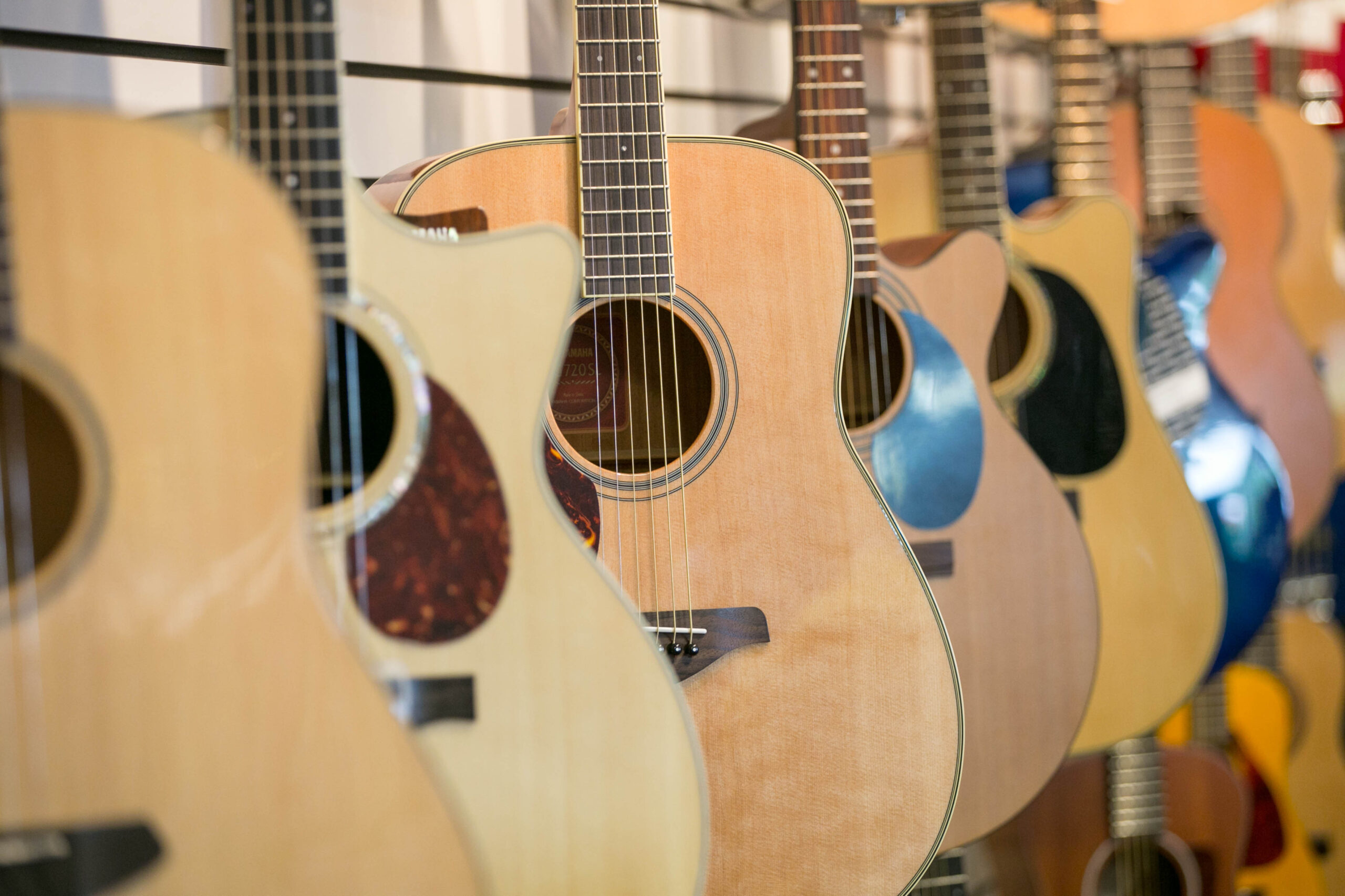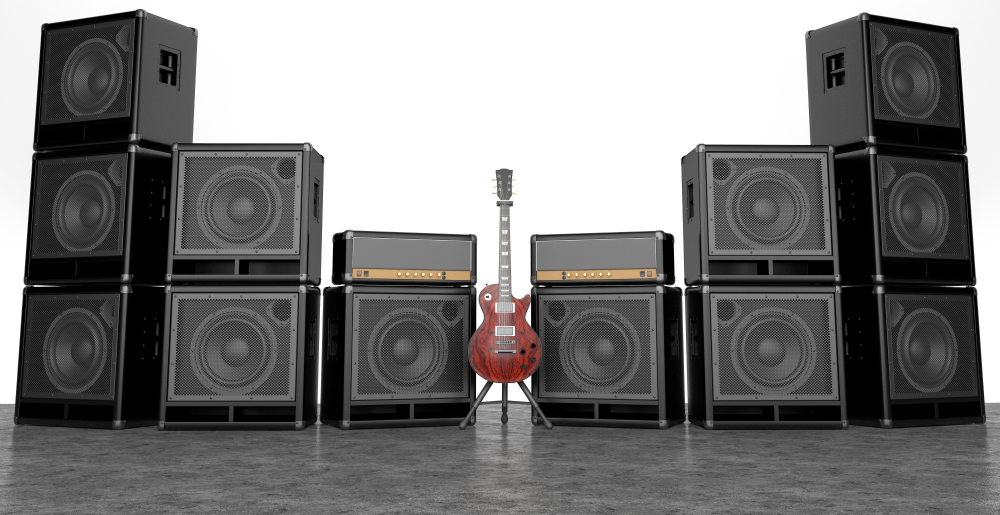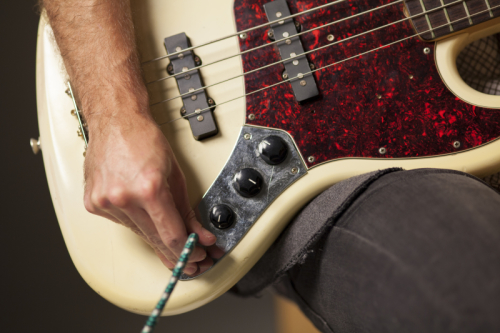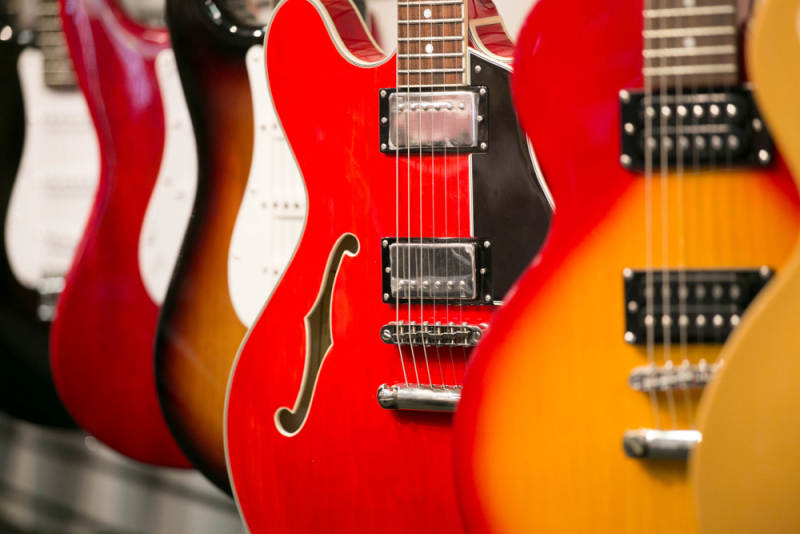April 09, 2015
Ukulele Buyer’s Guide
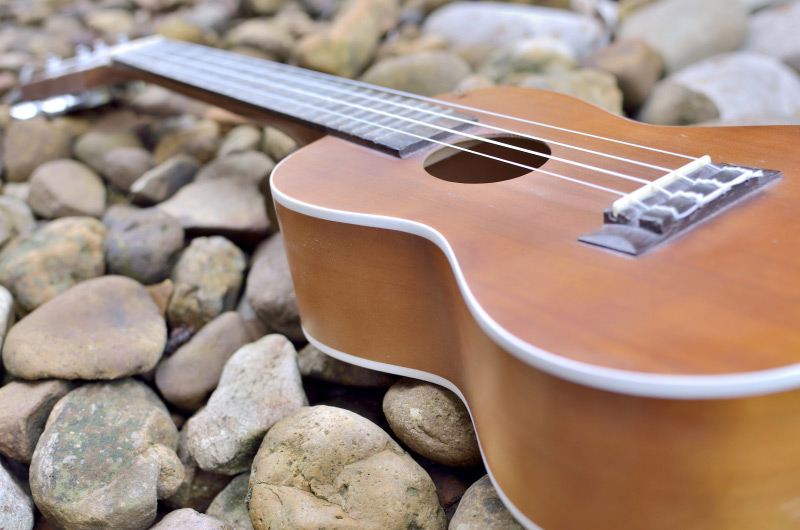

Buying Your First Ukulele
So you’ve decided to buy a ukulele… well, you’re in for a treat. Sure, it may appear small in size, but the ukulele is actually a very versatile stringed instrument with a broad history. In fact, the ukulele has found its way into the hands of many well-known recording artists over the past 60 years, including Elvis Presley, George Harrison, Jason Mraz, and Zooey Deschanel. For that matter, all you have to do is type ‘ukulele’ into YouTube’s search engine, and you’ll find yourself browsing video after video of people from around the world showcasing their ukulele talents.
Brief Ukulele History
Dating back to the 19th century, the ukulele originates from Hawaii, when Portuguese immigrants began constructing instruments that were similar to the ones in their homeland. There it was known as the machete, but the term ‘ukulele’ itself is a translation of ‘jumping flea’, and stories regarding this name vary. One of the more famous tales is that a passenger on the Ravenscrag, Joao Fernandes jumped off the ship in excitement after being at sea for four months, and was so overjoyed that he started playing folk songs along the wharf with his machete. Hawaiian natives who watched him play said that his energetic fingering style reminded them of fleas jumping about, and thus, the instrument was rechristened ‘ukulele’.
Of course, any experienced ukulelist can relate to how this man must’ve felt upon his arrival. The ukulele immediately brings to mind comforting sounds of flocking seagulls and waves washing ashore, because feelings of happiness and jubilation are what this charming instrument are all about. The following buying guide has been put together to make your search for the perfect ukulele as fun as playing the instrument itself. So without further ado, let’s take a look at some things to look for when purchasing your first ukulele.
Ukulele Parts 101
Before we get started, it never hurts to familiarize yourself with the ukulele’s various parts. If you have close friends or family members who own ukuleles, you might already recognize many of these parts. Even so, refreshing yourself with the instrument’s different components will give you a better idea of what to look for when you set out to find the right one for you.
Body: This is where your string’s vibrations are transmitted, which is then projected by the sound hole to be heard more loud and clear. The body consists of a top, back, and sides.
Bridge: Mounted on the top of the ukulele, the bridge holds the saddle and the strings, which are secured by being knotted through the bridge’s tail end.
Fretboard: Also known as a fingerboard, this is where the frets are located, with the first fret sitting closest to the headstock. Fretboards usually contain marker dots that make it easier to find your finger positioning on the instrument while playing.
Head: Located at the top of the instrument and attached to the neck, the head (or headstock) is where the tuning pegs sit.
Nut: Along with the saddle, the nut helps to keep each string placed on the ukulele in its correct position.
Tuning Pegs: As the name suggests, the tuning pegs (or tuning heads) are responsible for tuning the ukulele, as well as adjusting string tension.
Four Ukulele Models
There are four different types of ukuleles, each of which have their own sound and size:
Soprano
This is the ukulele that started it all. The soprano is the smallest of the four, making it perfect for younger kids, as well as players with smaller hands. Normally, the scale length of a soprano uke is 13-inches, with an overall length of 21-inches. Producing a very bright sound, the soprano is sometimes referred to as a ‘standard’ because it’s the type that springs to mind for most people when they think of a ukulele.


Concert
Compared to a soprano, the concert uke is a bit larger, with a 15-inch scale and an overall length of 23-inches. It also delivers a much deeper and louder output, but the tone itself is quite similar.


Tenor
With its deep and ‘ringing’ sound, the tenor ukulele has a scale of about 17-inches and an overall length of about 26-inches. This extra room makes the tenor ideal for people with bigger hands.


Baritone
Boasting deep bass notes, the baritone ukulele is an excellent ukulele for guitarists to transition to, since its tuning is similar to a guitar’s four highest strings (D-G-B-E).


Other Ukulele Types
Many companies are beginning to specialize in their own variations of the instrument. For example, if you have hopes of performing in front of an audience or play in a band that contains amplified instruments, you might want to consider purchasing an acoustic-electric model. These ukuleles consist of a pickup that turns the ukulele’s strings into electronic signals, which are then sent to a sound system or amplifier. Since placing a microphone in front of a regular uke can sometimes cause feedback issues and decrease your ability to move around while performing, this makes acoustic-electric ukuleles a fantastic option. Thanks to the many breakthroughs in technology, acoustic-electric ukuleles are capable of capturing the natural sound of your instrument effortlessly.
Many stringed-instrument companies also manufacture ukuleles with two or four extra strings. Thanks to their portable size, these six-string and eight-string ukes are top-notch alternatives to travel-sized guitars.
You’ll also find many hybrid models that feature aspects of both ukuleles and other stringed instruments. Some examples of these cross-breed instruments are the Recording King U25 Banjolele…


and the Luna Guitar Tike Resonator Concert Uke…
Shapes of the Ukulele
Aside from the hybrid-style ukes that we just covered, most ukuleles come in the following shapes:
Guitar/figure-8: When people think of a ukulele, this is usually the shape that comes to mind. Similar to a guitar, some newer figure-8 models even have cutaway designs to give players better access to the higher frets.
Piieapple: As its name suggests, the body of this ukulele resembles a pineapple. Originating in Hawaii, pineapple ukes were created by the Kamaka Ukulele Company.


Boat Paddle: If you ever find yourself stranded on a deserted island, this ukulele would come in handy in more ways than one! Well, maybe not, but the shape of this ukulele is quite obvious in its name. Of the three types, this is definitely the least common shape.
Ukulele Woods
Depending on the luthier and the company, ukuleles are constructed in a variety of ways with different wood types. In fact, some ukuleles are even crafted with metal or synthetic materials. Of course, there are many elements that come into play that will determine how a ukulele sounds, including its body shape, what kinds of strings you’re using, and the size of the instrument’s sound hole. However, wood type is still definitely something to take into consideration when purchasing a ukulele, since the tone and playability of the instrument is greatly influenced by this factor.
Below are some of the more common ukulele wood types.
Koa: The traditional choice of most ukuleles, koa is a dense tropical wood that is native to Hawaii. Koa comes in many colors and grain patterns, and it helps to deliver a tone that’s very balanced.


Mahogany: With different species of this wood found all around the globe, mahogany is known for the dark tone it can produce, and it’s usually used for the construction of ukulele necks.
Spruce: Favored for its bright projection, spruce is typically used for guitar tops; however, the popularity of ukuleles has made more luthiers consider it in the construction of their ukes.
Cedar: Providing a very well-rounded and mellow sound, cedar is often preferred for tenor and baritone ukes, thanks to its ability to make lower notes more pronounced. Western red cedar is the most common species of cedar that is used.
Redwood: Although redwood is becoming rarer due to over-harvesting, its characteristics help to produce a tone that’s nothing short of stunning. With a clarity that’s similar to spruce, this ukulele also has a warmth that’s not unlike cedar.
Rosewood: Hard and dense, rosewood is excellent for ukulele fretboards, but it’s also used often for uke bodies. The rich, visual appeal of rosewood also makes it a favorite wood type.


Maple: Another wood that’s hard, dense, and often used on guitars, maple boasts an attractive appearance, and its characteristics also make it ideal for ukulele fretboards and bridges.
There are many other wood types as well, but these are definitely the most frequently used in the construction of ukuleles.
Note: It should also be pointed out that ukuleles are higher in quality when they’re constructed from solid woods as opposed to laminates. However, just because laminate bodies (several thin layers of wood glued together) are more affordably priced, that doesn’t mean you can’t find some beautifully-crafted laminate models that sound and play remarkably well. In fact, ukuleles that are made of laminates are typically very strong and less susceptible to cracking in cold or dry climates. With that in mind, the rich sound of a solid-body ukulele should not be underestimated, and like other solid-wood instruments, their tone only improves with age.
Tunings of a Ukulele
Similar to a guitar, the ukulele can be tuned in many different ways depending on one’s personal preference, as well as the type of ukulele being played. However, also like a guitar, it’s best for a beginner ukulelist to stick to the more common tuning styles. For example, soprano, concert, and tenor ukuleles are almost always tuned to G-C-E-A (from top to bottom). As mentioned earlier when we touched upon the four ukulele types, baritones are usually tuned to D-G-B-E, the same as the highest four strings on a guitar. Another common tuning style is A-D-F#-B. This is known as D-tuning, and it’s often preferred by those who play smaller-sized ukuleles due to the ‘sweet’ sound that it can produce.
An important thing to remember about tuning is that nylon strings stretch, so after you purchase your new ukulele, you may find yourself putting on a new of set of strings shortly afterwards; but don’t ‘fret’! This is a very normal routine that most new uke owners experience.
Also, keep in mind that the quality of your ukulele’s tuning pegs can influence how easy it is to get in tune, and how long your instrument remains in tune. Metal tuning pegs usually have screws set on the buttons, and tightening these regularly is a great habit to get into.
To ensure your ukulele is tuned properly, you’ll definitely want to consider purchasing an electronic tuner. Thankfully, there are many electronic tuners available that have a mode that matches the proper tunings of a ukulele, and Music & Arts have an impressive range to choose from, including clip-on tuners that can attach to the top of your instrument. This type of tuner works by reading the vibrations of each string on your ukulele, and they’re very easy to operate.
Ukulele Accessories
Like most musical instruments, there are many ukulele accessories out there to make your musical journey a more comfortable and enjoyable ride.
Tuner/metronome: As mentioned above, an electronic tuner will certainly help speed the earlier stages of your playing progression. Additionally, you might also want to consider grabbing a metronome, which can come in handy for practicing your rhythm and timing.
Case/gig bag: A must-have for any ukulele owner, a case or gig bag will ensure your instrument is safe-guarded when you’re not playing it, and it will also make travelling with your ukulele a lot easier. As you might’ve guessed, Music & Arts has plenty of case and gig bag options as well.
Picks: Although some ukulelists prefer to play with their fingers, using a pick is a fun way to experiment with different strumming patterns. Typically, ukulele players use felt picks or standard guitar picks.
Strings: Every musician who owns a stringed instrument should have extra strings close by during a practice or performance, and ukulelists are no exception. There are many different types of ukulele strings available, and Music & Arts’ catalog of strings is loaded with choices, including nylon, titanium, fluorocarbon and aluminum styles.
Books/DVDs: These days it is easier than ever to learn the ukulele, thanks to the wide variety of lesson books available to teach you the basics of the instrument. These books are both easy to follow and highly enjoyable. You’ll also find plenty of songbooks that are loaded with well-known staples of the ukulele. Or, if you prefer a more interactive experience, there are also instructional DVDs to choose from. For plenty of book/DVD lesson and songbook options, check out Music & Arts’ impressive catalog here.
And most of all…
Have Fun!
Whether you have aspirations of hitting the folk festival circuit or simply want a musical companion to accompany you on trips to the beach, you’ll quickly discover that playing the ukulele is a very rewarding experience. The ukulele’s popularity has recently skyrocketed, so if you’re strongly considering taking up the instrument, you’ve definitely picked the best time to get started.
We hope this buying guide helps you during your search for the perfect ukulele, and when all is said and done, don’t forget to have fun! After all, playing music is supposed to be an enjoyable experience, and the ukulele has been enriching the lives of music lovers from all walks of life ever since one manic flea was spotted jumping about off a sunny coast in Hawaii. Mahalo!
Return to Buyer’s Guide Home Page





